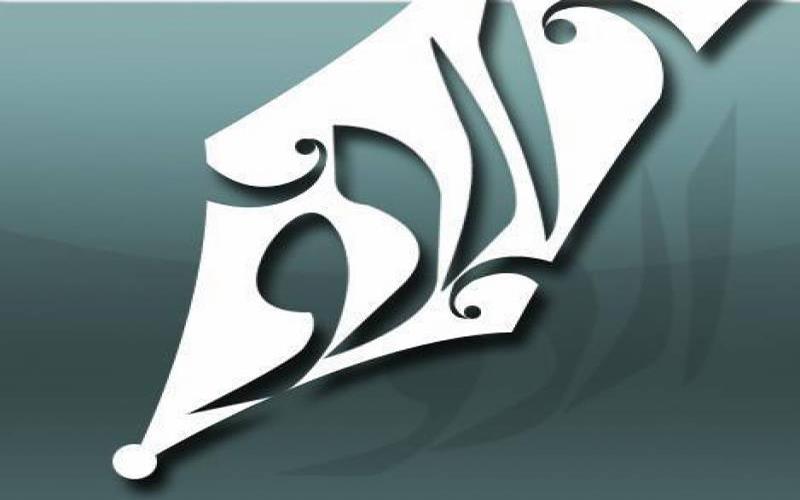
Five Languages, One Voice: The Power Of Urdu In Jammu And Kashmir
Representational Photo
By Sadaket Ali Malik
On any street in Srinagar, voices flow in different tongues. A baker calls out in Kashmiri, a student answers in Urdu, and someone nearby adds a line in Hindi.
In those few exchanges, you can hear the story of Jammu and Kashmir: diverse people, long history, and the graceful way its identities live together.
ADVERTISEMENTFew regions in South Asia carry such linguistic richness. From the slopes of Pir Panjal to the plains of Jammu, speech changes every few miles. Kashmiri, Dogri, Gojri, Pahari, Balti, and Ladakhi each shape local identity and memory.
Every language is a vessel of its own culture. But one tongue ties these worlds together: Urdu.
Urdu's journey in Jammu and Kashmir began with politics but grew into something far larger.
During the Dogra rule between 1846 and 1947, Maharaja Pratap Singh and later Maharaja Hari Singh replaced Persian, the old court language, with Urdu.
But what started as an administrative decision soon changed the social map of the erstwhile state.
Urdu entered schools, courts, and offices, becoming the language of governance and learning. Within decades, it also became the language of poetry, newspapers, and prayer.
Unlike Kashmiri or Dogri, Urdu did not belong to one community. It belonged to all. Muslims embraced it in literature and religion, Hindus used it in administration and education, and Sikhs found in it a shared space for communication.
In a divided landscape, Urdu became the bridge.
That bridge still stands. The Jammu and Kashmir Official Languages Act of 2020 recognized five official languages: Urdu, English, Hindi, Kashmiri, and Dogri. This move reflected both linguistic pride and institutional balance.
Urdu, despite losing some space to English and Hindi in schools and offices, remains the emotional and cultural glue of the region.
The numbers, however, tell a complex story.
According to the latest data, Kashmiri has more than 19 million speakers, Dogri around 7.5 million, and Hindi about 900,000. Urdu has only around 58,000 native speakers. But the influence of Urdu far outweighs its statistics.
It is the language of court records, government files, religious sermons, and the region's most enduring poetry. It shapes the pulse of daily life in ways the census cannot measure.
In markets, shop signs still use Urdu script. In schools, teachers explain lessons in Urdu. Radio stations broadcast in it, and local newspapers continue to publish in the same language that once guided Dogra clerks. Urdu has held its ground through continuity.
The gender distribution also tells an interesting story.
About 56 percent of Urdu speakers are men and 44 percent are women. This shows how education and government jobs once influenced who learned the language. Even so, Urdu's poetry, songs, and spiritual writings have made it familiar in every home, spoken and cherished by both men and women across the valley.

Legal Disclaimer:
MENAFN provides the
information “as is” without warranty of any kind. We do not accept
any responsibility or liability for the accuracy, content, images,
videos, licenses, completeness, legality, or reliability of the information
contained in this article. If you have any complaints or copyright
issues related to this article, kindly contact the provider above.

















Comments
No comment